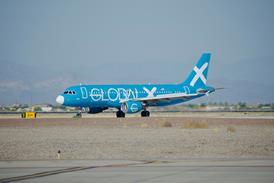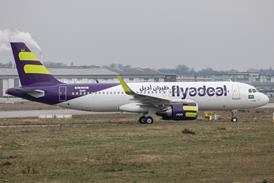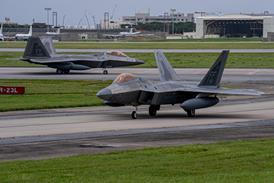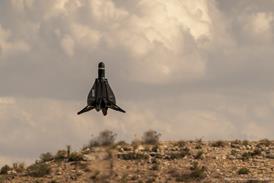As we enter the next millennium, it is worth reflecting on just how far the helicopter industry has come. This is truly a field in its infancy. It is only 53 years since the Bell 47 was certificated as the world's first commercial helicopter. With wooden blades and an old Franklin piston engine, the Bell 47 quickly established the viability and usefulness of rotary-wing flight.
When the Korean War broke out in 1950, there were hundreds of commercial helicopters in service, doing everything from carrying mail to herding cattle. In Korea, helicopters would dramatically alter combat forever.
It was not until turbine engines were introduced, however, that helicopters truly came into their own. Turbines brought reliability and power for enormous increases in speed and lift capability. Today we are at the dawn of what undoubtedly will be the next great leap in vertical lift technology - the tiltrotor.
While tiltrotors will never completely replace conventional helicopters, the widespread introduction of tiltrotor aircraft over the next three or four decades will change aerospace technology as profoundly as the introduction of turbine power did back in the 1950s.
Tiltrotors are capable of taking off, hovering and landing like conventional helicopters. Yet they can fly with the speed and range of fixed-wing aeroplanes. The practicality of such capability is obvious. Tiltrotors can land where aeroplanes cannot. It is that simple.
Bell Boeing is delivering V-22 Ospreys to the US Marine Corps. These are the first of what I am positive will be a significant family ranging from a four-passenger general aviation tiltrotor to four-engine transport the size of a C-130.
Eventually we shall see what we call stop-fold tiltrotor aircraft. Similar to standard tiltrotors in vertical flight, in aeroplane mode they will stop and fold their proprotors and fly like a normal jet-powered aircraft.
While technology is certainly the key to all aerospace advancements, we at Bell Helicopter still recognise the human factor. Customer satisfaction is the key to our success now and in the future. As we cross over into the new millennium, listening to the customer becomes increasingly more important.
Source: Flight International























